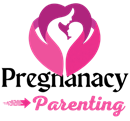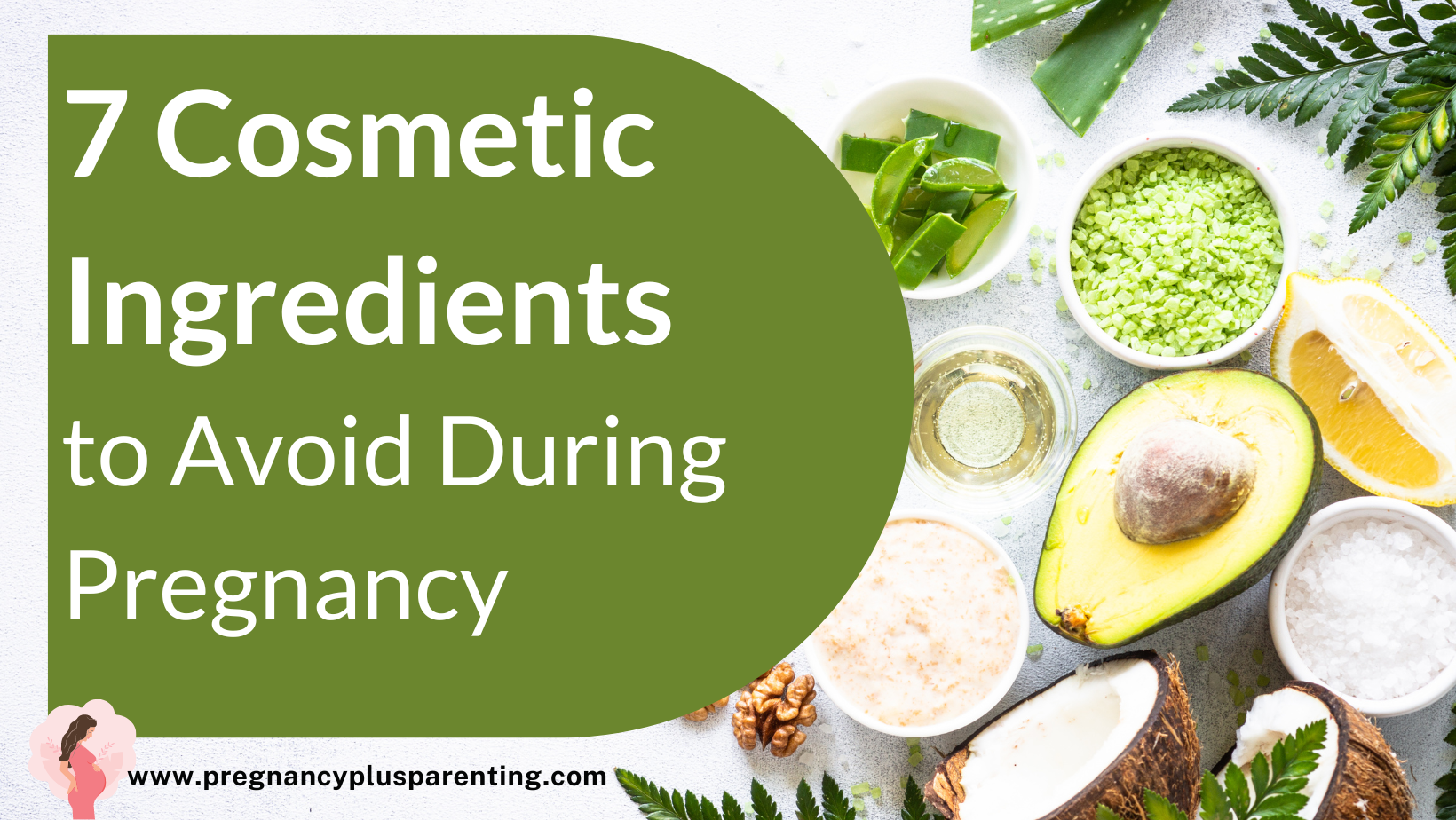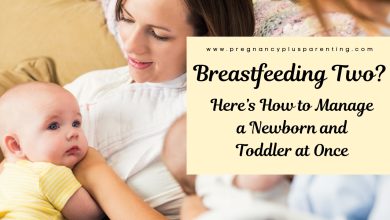7 Cosmetic Ingredients to Avoid During Pregnancy
Antenatal Aesthetics: A Discerning Exploration
The period of gestation unfolds as a metamorphic odyssey, wherein expectant mothers frequently find themselves orchestrating profound adjustments to their lifestyles, all in the pursuit of ensuring the optimal health and well-being of their burgeoning progeny. Amidst these changes, a heightened discernment emerges concerning the products they incorporate into their daily regimen, particularly within the realms of cosmetics and personal care. While myriad cosmetic formulations prove innocuous during pregnancy, certain constituents harbor potential threats to the nascent life. To facilitate judicious choices, presented below are seven cosmetic ingredients to eschew during this pivotal phase.
Retinoids (Retin-A, Retinol, Retinyl Palmitate)
Derived from vitamin A, retinoids are prevalent in skincare products designed for both anti-aging and combatting acne. Despite the indispensable role of vitamin A in fetal development, an excess, be it through ingestion or dermal application of retinoids, stands implicated in the genesis of congenital malformations. Therefore, it is prudent to abstain from products harboring retinoids during the gestational period.
Salicylic Acid
A staple in skincare formulations designed for acne treatment and skin exfoliation, salicylic acid, while tolerable in limited concentrations topically, merits avoidance in high concentrations or extended usage during pregnancy. Elevated exposure may elevate the prospect of complications.
Formaldehyde
Ubiquitous as a preservative in a myriad of cosmetic and personal care artifacts, including nail enamels and hair straightening treatments, formaldehyde raises apprehensions owing to its protracted exposure’s established carcinogenicity. Although cosmetic quantities are generally modest, minimizing exposure during pregnancy is recommended.
Phthalates
Integral to fragrance formulations for scent longevity, phthalates stand associated with hormonal perturbations and developmental aberrations in children. Given these potential perils, opting for products explicitly labeled as “phthalate-free” during pregnancy is a sagacious choice.
Chemical Sunscreens (Oxybenzone, Avobenzone)
Chemical sunscreens, exemplified by oxybenzone and avobenzone, are enlisted to absorb and filtrate UV radiation. Yet, indications from certain studies propose plausible cutaneous absorption with subsequent hormonal disruption. Mitigating potential risks entails transitioning to mineral-based sunscreens comprising zinc oxide or titanium dioxide, offering comprehensive protection without corresponding apprehensions.
Hydroquinone
Utilized as a skin-lightening agent to ameliorate dark spots and hyperpigmentation, hydroquinone, while ostensibly secure in topical formulations, necessitates consultation with a healthcare professional before application during pregnancy, ensuring alignment with the individual’s health circumstances.
Parabens
Synthetic preservatives, commonly pervasive in cosmetics and personal care merchandise, parabens extend shelf life. While ongoing research scrutinizes their safety in pregnancy, certain studies intimate potential hormonal disruptions. A precautionary measure involves opting for paraben-exempt cosmetics and personal care items.
Epilogue
Within the gestational period, the innate inclination to prioritize the well-being of both the maternal figure and the burgeoning life within is instinctive. Albeit the ramifications of these cosmetic constituents on pregnancy endure as subjects of perpetual investigation and discourse, exercising prudence remains a sagacious stance. In making discerning choices, scrutinizing product labels, gravitating toward those designated as “pregnancy-safe” or “devoid of harmful constituents,” and contemplating discussions with healthcare providers or dermatologists regarding one’s skincare and cosmetic regimen is paramount.
It bears emphasis that each pregnancy constitutes a singular voyage, with variances in individual susceptibilities. Paramount in importance is fostering unimpeded communication with the healthcare team, electing choices consonant with bespoke health prerequisites and scenarios. By conscientiously avoiding these potentially jeopardous cosmetic ingredients during gestation, a contributory endeavor is made towards fostering a healthier and safer passage for both the maternal figure and the nascent life during this extraordinary expedition.






